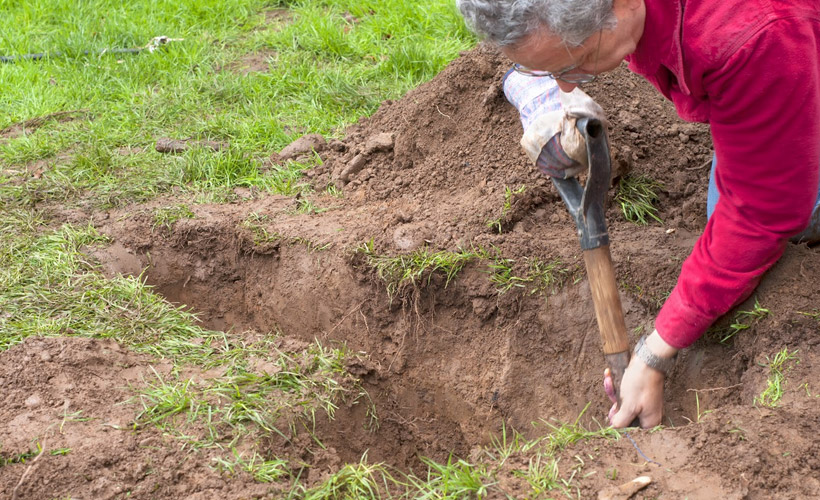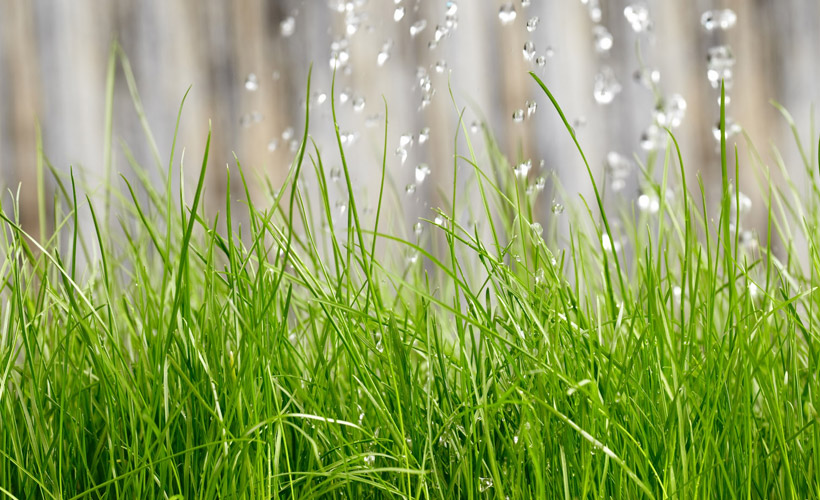It takes sod roughly two weeks to form a shallow root system in the ground it has been transplanted into. However, many different factors affect this. Plus, shallow roots are not enough for the sod to be healthy for the long term. Sod must make deeper roots, so even after shallow roots have formed, you need to continue treating new sod differently until it has become fully established. Here is what you need to know about sod rooting.
How Long Until Sod Roots?
With proper soil preparation, most species of grass in summer conditions take two weeks to develop shallow roots in the soil. However, the cooler the weather, the longer this process may take, as the grass has less sun from which to make energy, which helps drive root growth. Because sod will not have any roots in the soil until this point, it is essential to keep it well-watered, even on a daily basis, to prevent it from drying out.
Then, sod may take up to an additional six weeks to develop deep enough roots that they have consistent access to the water and nutrients in the soil. The development of these deep roots is essential to the long-term health of the grass.
You cannot cut grass until it has established at least shallow roots, and some experts may recommend you wait even longer until the grass has grown four inches tall, signalling it has strong root development. During this first cut, it is important not to cut off more than a third of the length of the blades.
What Can Discourage Sod Rooting?
So, it’s been two weeks, and you don’t think your grass has taken root in the ground. When you pull on it, it still comes up from the ground like a sheet. What has gotten in the way of your grass’s roots? There are a few things that can discourage proper grassroots:
- Watering too frequently: If your grass has only created very shallow roots that you break easily when you lift it, you may be watering the soil too much. Once shallow roots have been established, you need to space out waterings to encourage the roots to search for water deeper in the ground.
- Gaps/air pockets: Improper installation may create bumps in the sod, and the gaps and air pockets beneath it will prevent the roots from touching the ground. In this case, they can’t develop roots. Flatten the sod to correct this issue.
- Soil: Clay soils are more compacted, and there are fewer nutrients and water available in them. It can take much longer for grass to root in clay soil. Ideally, your landscaper will have prepared the soil with organic matter, fertilizer and pH adjustment (when necessary) to make the rooting process simpler for the grass. But, if not, you may simply have to wait.
- Shade: With less exposure to sunlight, the rooting process will simply take longer. Be patient with sod that you have placed in a shaded spot, and ensure you’ve picked a good variety for these conditions.
If you can’t get your sod to root properly, don’t wait to reach out to the professionals.






